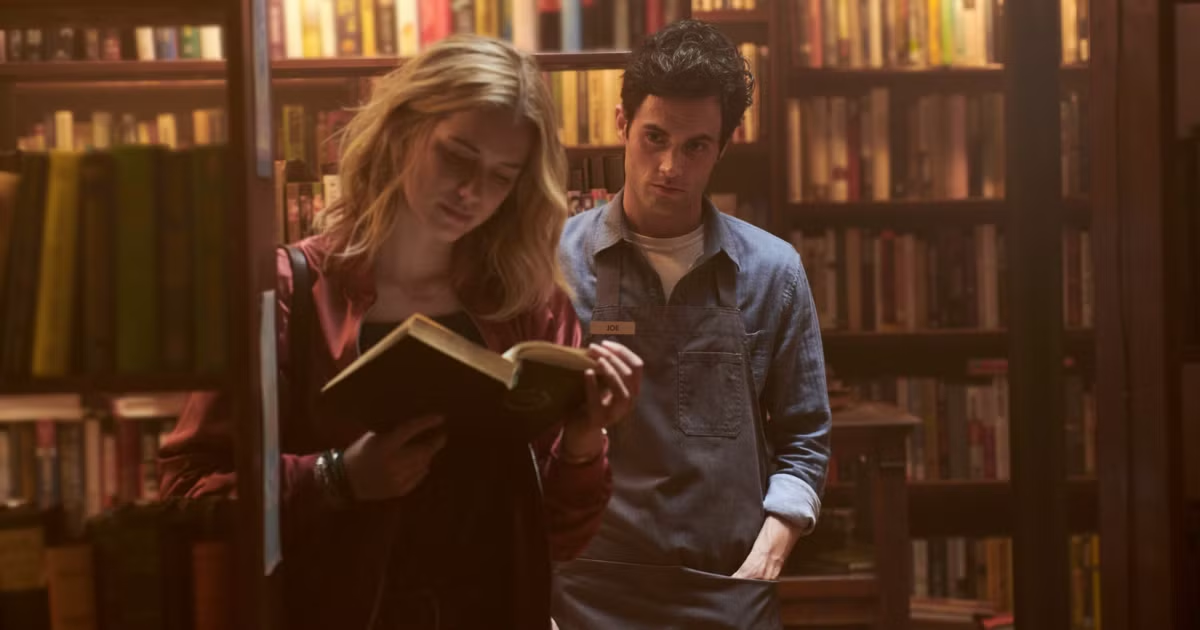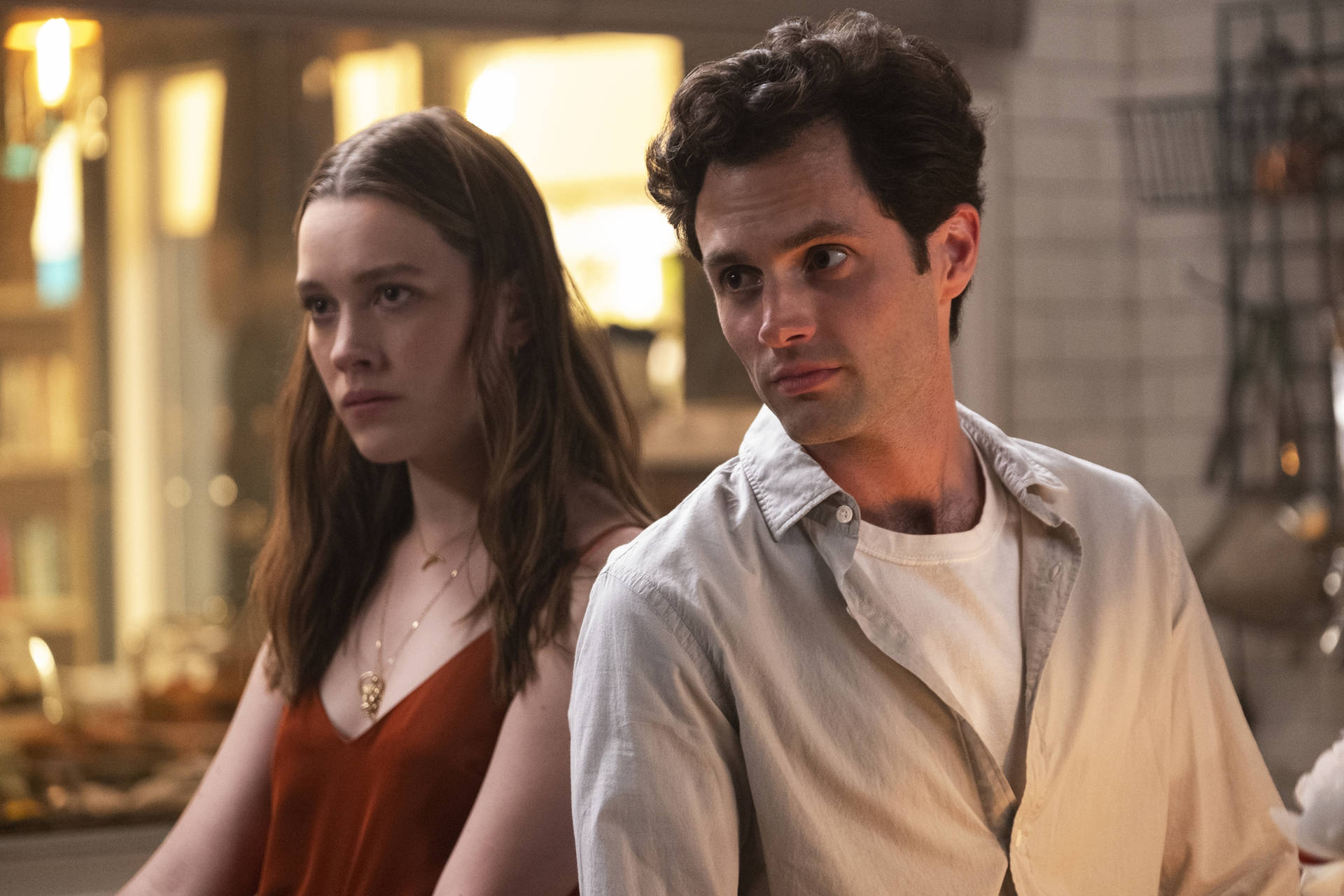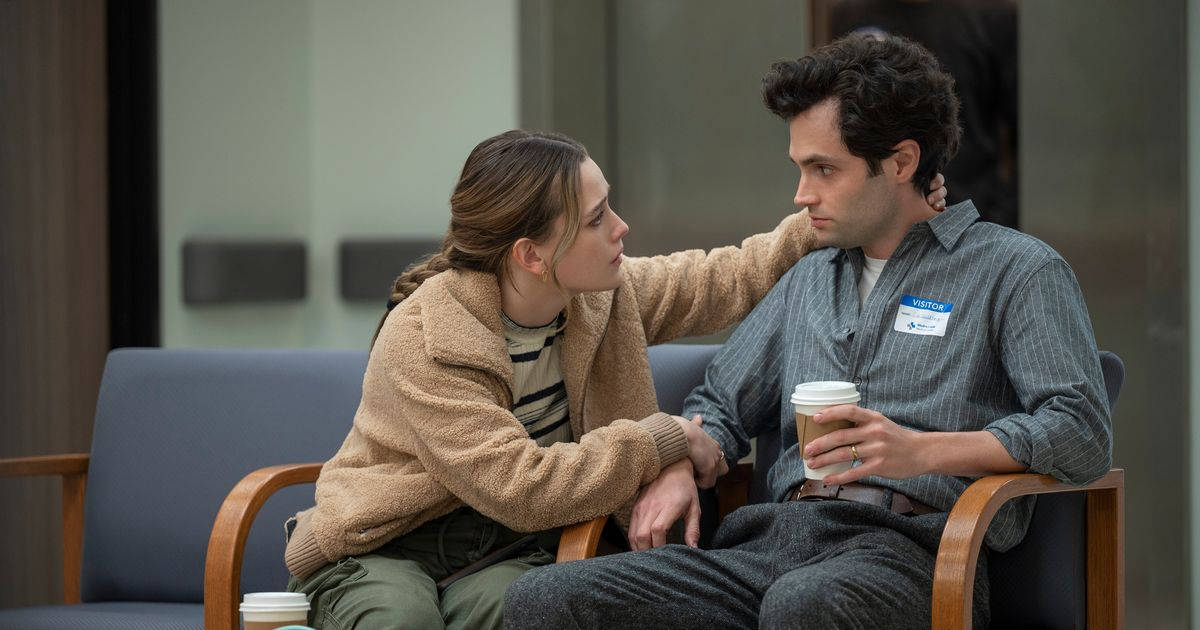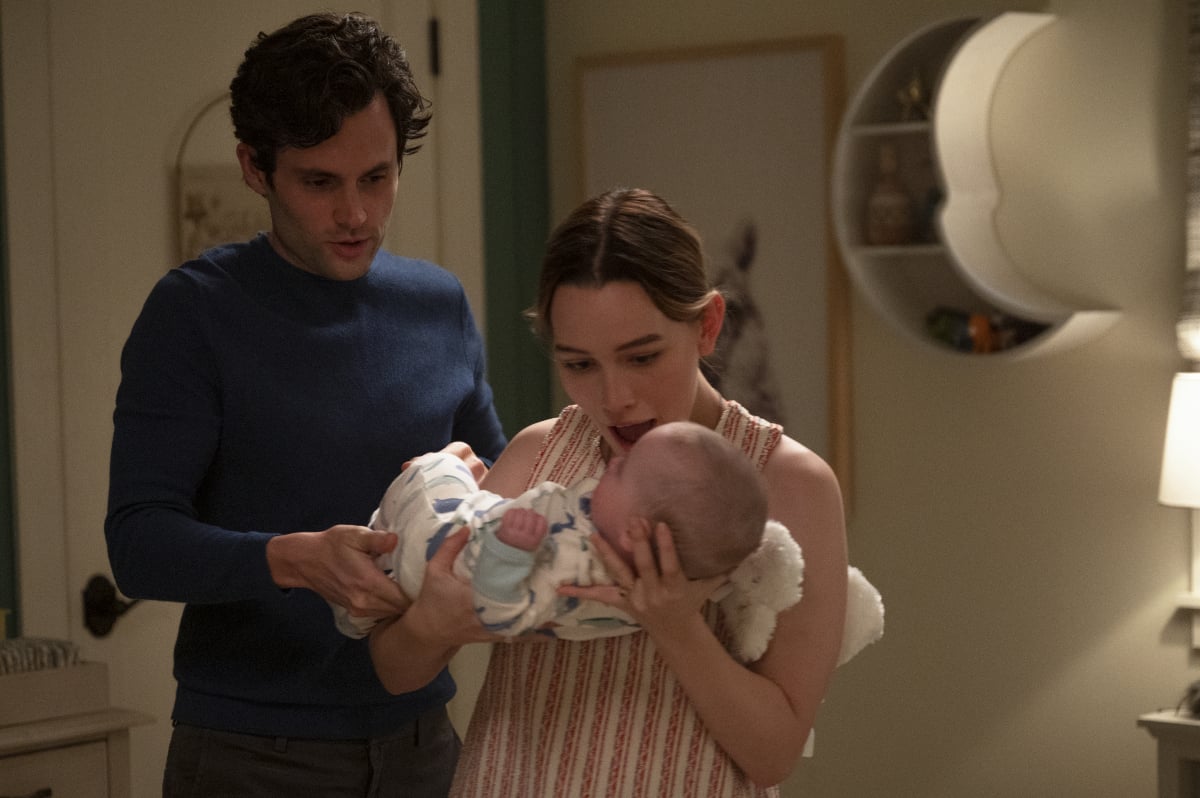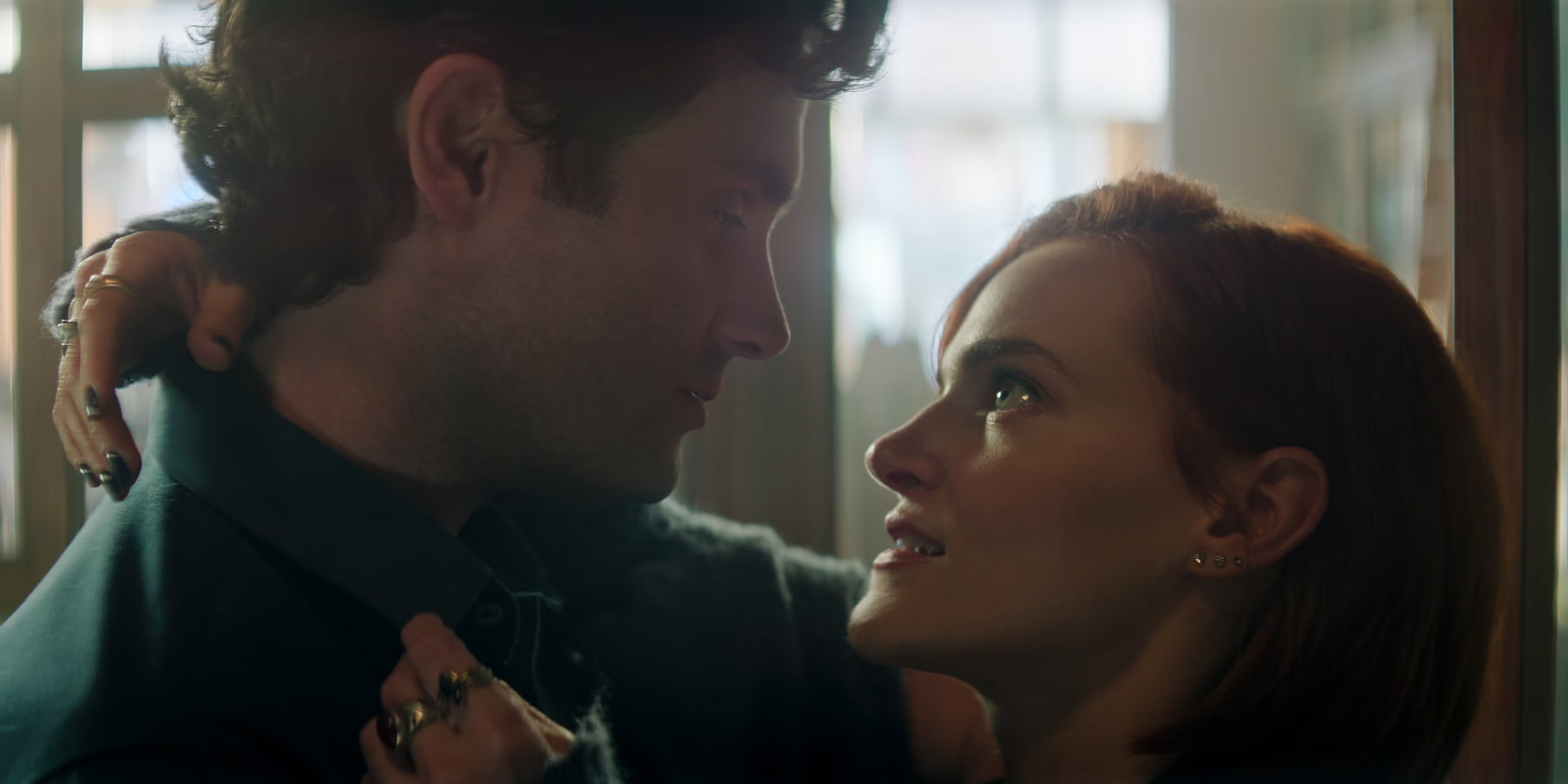This is a plea to watch Severance

This is a plea to watch Severance
This is a plea to watch Severance. Download Apple TV. Do it. The pilot is free to watch. You will want to eat up the rest after mmm mmm mmm. This is not sponsored by Apple in any way. Or Lumon.
Severance, a show by Dan Erickson—his first show, in fact—is critically acclaimed and directed through the eyes and mind of Ben Stiller. The characters are beamed into life by actors like Adam Scott, Britt Lower, Tramell Tillman, and Zach Cherry (just to name a few). It’s a one-of-a-kind story. Genuinely—one that’s never been told before.
It takes place in upstate New York (never explicitly confirmed, but all the key filming locations are there, except for the outside of the workplace, which is in New Jersey). It’s creepy like a New England Stephen King novel. Always cold, grey, maybe with a tint of blue, and snowy. Ice on the roads. Frost on the trees. It’s a dark world, filled with awkward dinner parties and surreal social scenes. But the workplace? It’s bright. Cheerful. Humorous—sorta?
Adam Scott’s character, Mark, undergoes a procedure where your work life is completely separate from your personal life. When you’re not at work, you can’t remember your job. When you’re at work, you can’t remember anything outside the job floor—make sense?

And the reason Mark does this? To forget that his wife is dead. To ignore his grief.
The rest of this post has major spoilers.
Turns out, his wife is alive (kidnapped by the company) and also mind-wiped on the same floor. So now we have Mark’s "innie" and "outie"—work self and real-world self. Outtie Mark wants to get her out. Innie Mark does too... but he doesn’t want to leave himself, because he’s fallen in love at work.
It ends (so far—we’re only on Season 2) with innie Mark letting his wife escape and return to her outside self... while keeping himself inside Lumon, because of the girl he met on the job.
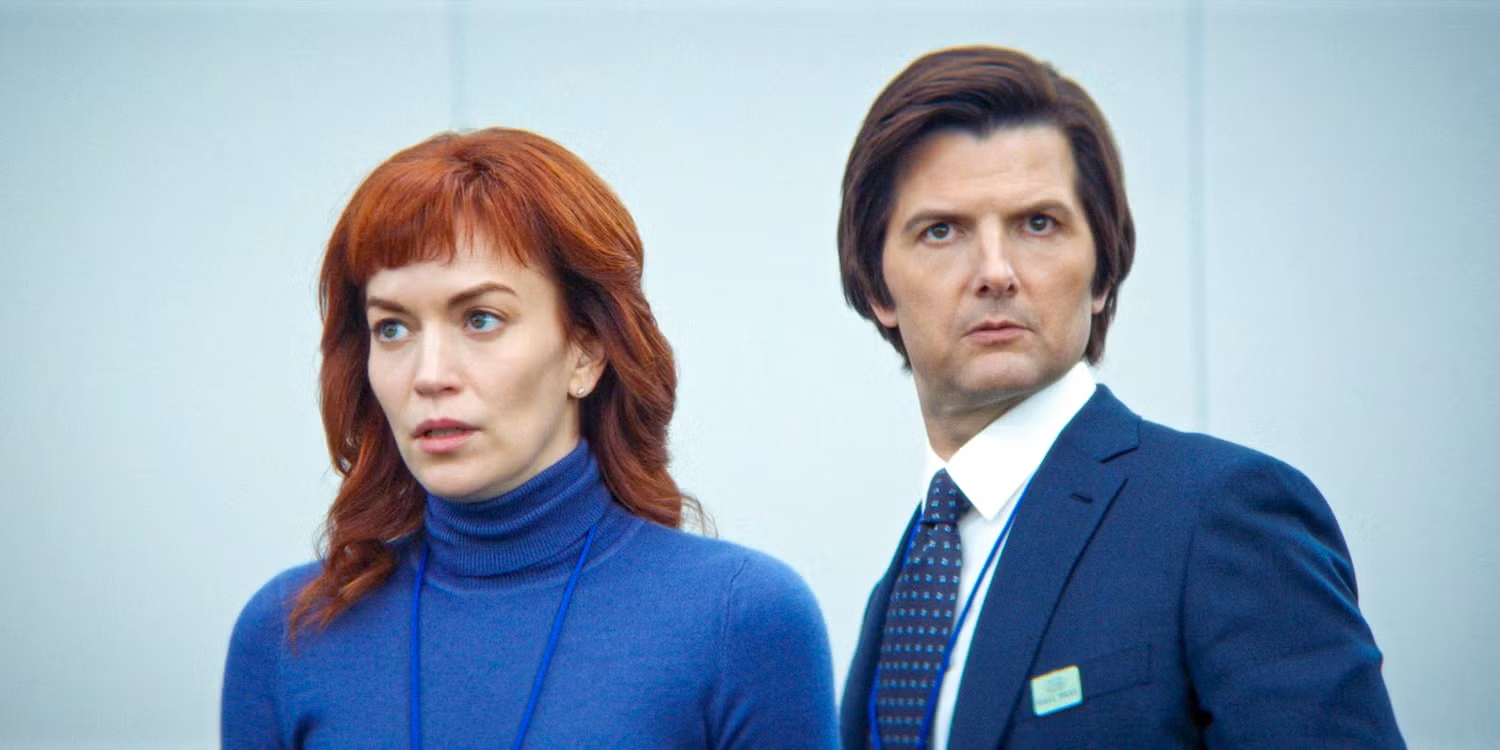
Everyone is shocked to learn that the man who created a version of himself to not care about his wife... doesn’t care about his wife. That isn’t his wife anymore. He wants his work wife—Helly. Still, Mark has a kind soul on the inside. He did want his outie wife, Gemma, to leave.
That’s the show on the surface: a guy trying to escape the most awake hours of the day, just to avoid grieving. To deny his reality. But the show is about more than that.
It’s called Severance, after all—and the job is the heart of it. Innie and outie Gemma are barely mentioned in the greater narrative. Employees are forced to work. They’re discouraged from socializing. They’re abused by their higher-ups. It’s a take on capitalism, on workplace mental health, on the lie of “work-life balance.” That lie that we can separate what goes on at work from what goes on at home.
At the end of the day, everyone wishes they could drop their baggage before clocking in.
None of us can do that, though.
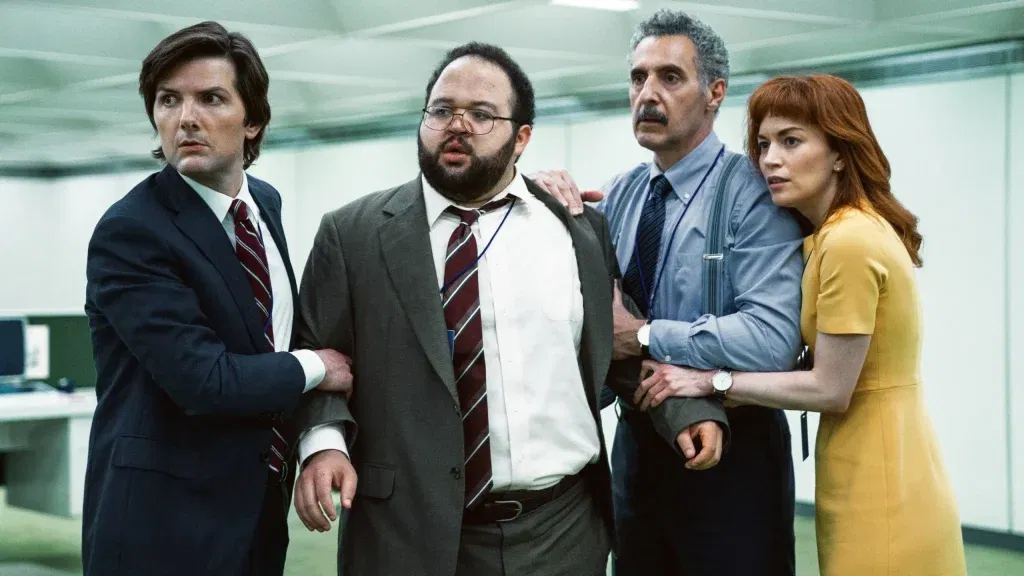
With a constantly buzzing subreddit, an incredibly popular Twitter fan base, TikTok edits nonstop, and a cast that is so clearly in love with the show—Severance has earned its cultural moment. Watch the press interviews. Check the behind-the-scenes clips. You’ll see it.
Sprinkled with A-listers like Christopher Walken, John Turturro, and Patricia Arquette, Severance stands out in a world of lazy reboots and recycled IP. It’s a miracle.
Apple TV took a chance on a first-time creator based on a single pilot script. Dan Erickson was working for DoorDash at the time. It was that good. Ben Stiller said, “I want to direct this.”
So I’m saying it again:
This is a plea to watch Severance.
